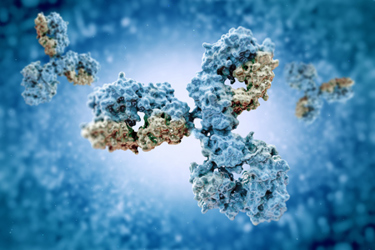Sterilizing Grade Filter Performance With High Concentration Biologic Drugs

New challenges emerge in filtration processes as the development and manufacturing of biologics for subcutaneous injection expands. These processes play a pivotal role in contamination control during drug substance production and sterility assurance during the final drug product filling.
When antibody concentrations surpass 100 g/L, fluid viscosity increases. Typically, high-concentration feeds range from 10 to 30 cP, in contrast to 1 to 5 cP for formulations with concentrations lower than 30 mg/L. This increased viscosity decreases flow rates, and higher concentrations may exacerbate filter fouling, further reducing the average process flow rate. Consequently, larger filters are necessary to process the batch and maintain targeted flow rates during final filtration. However, this may lead to greater unrecoverable volumes of high-value drugs due to filter hold-up volumes. Additionally, larger filters have environmental implications such as increased water consumption during processing, polymer mass, and weight during transportation and disposal. These factors are increasingly common considerations in filter selection criteria.
When evaluating filter performance, relative flow rates may be specified by a comparison of water flow rates published by the filter manufacturer. However, this is insufficient when filter blockage is anticipated during in-process use. In such cases, filter throughput performance can be assessed through small-scale filterability studies using a fluid sample representative of the process material. Despite the relative ease of testing, limited material availability during development restricts opportunities for extensive filter benchmarking, increasing the risk of suboptimal filter selection.
In this application note, we analyze the throughput performance of Supor™ Prime filters compared to other sterilizing grade filters across a range of moderate-to-high concentrations of mAbs and immunoglobulins (IgG). Continue reading to see how filter selection can impact your process.
Get unlimited access to:
Enter your credentials below to log in. Not yet a member of Drug Discovery Online? Subscribe today.
